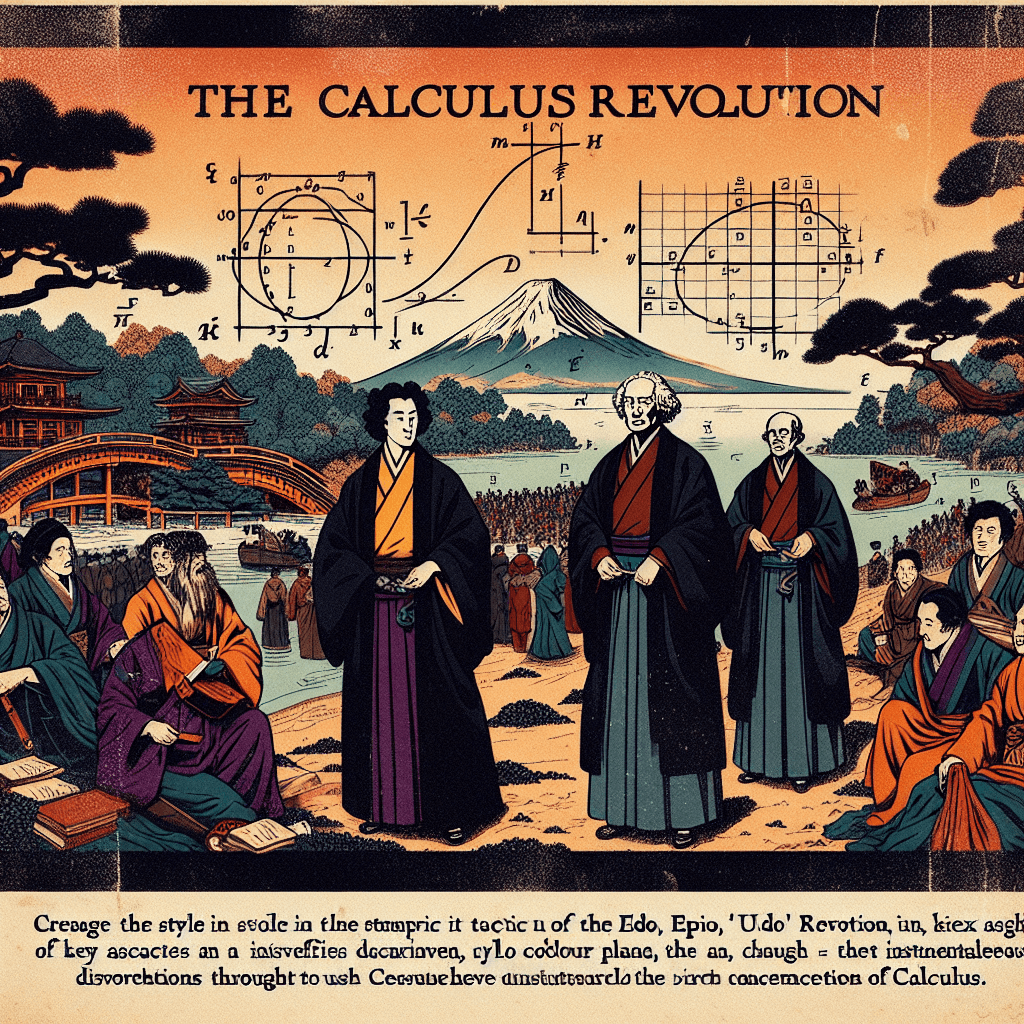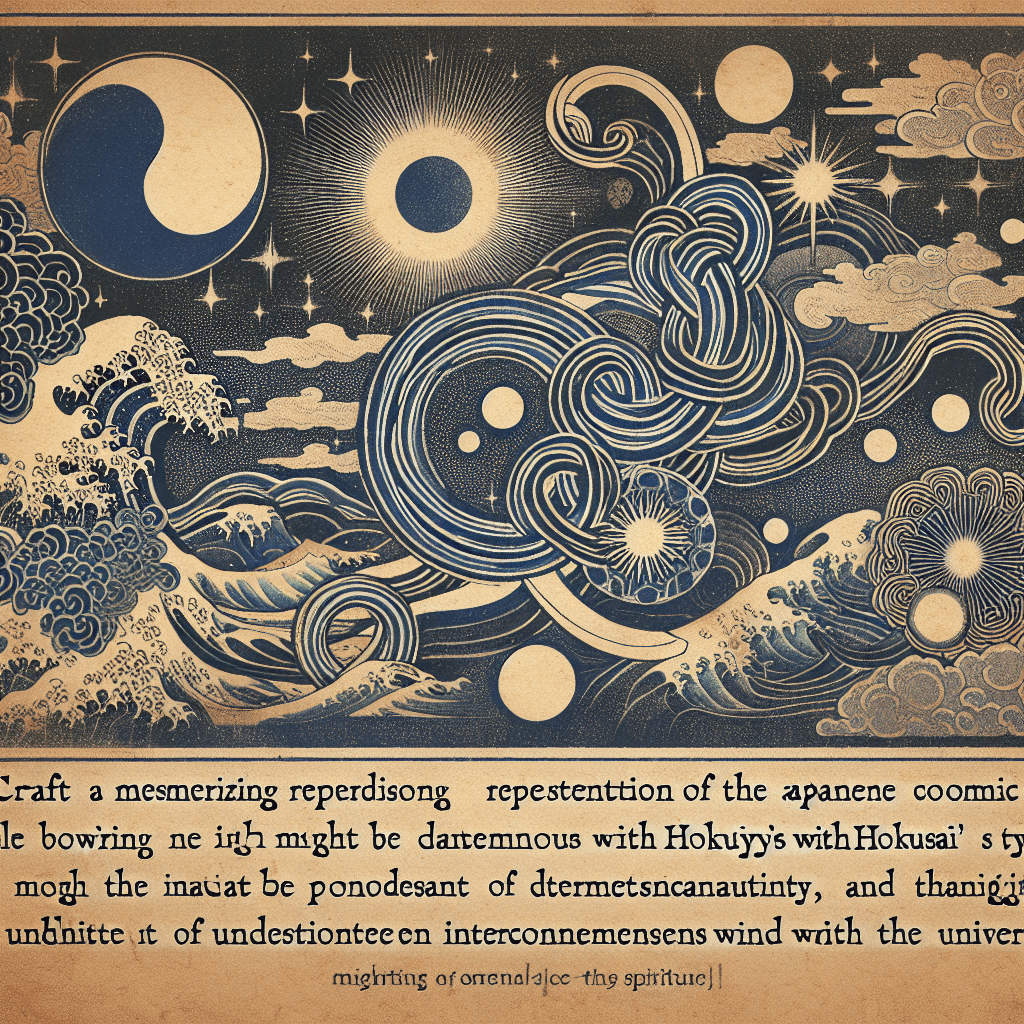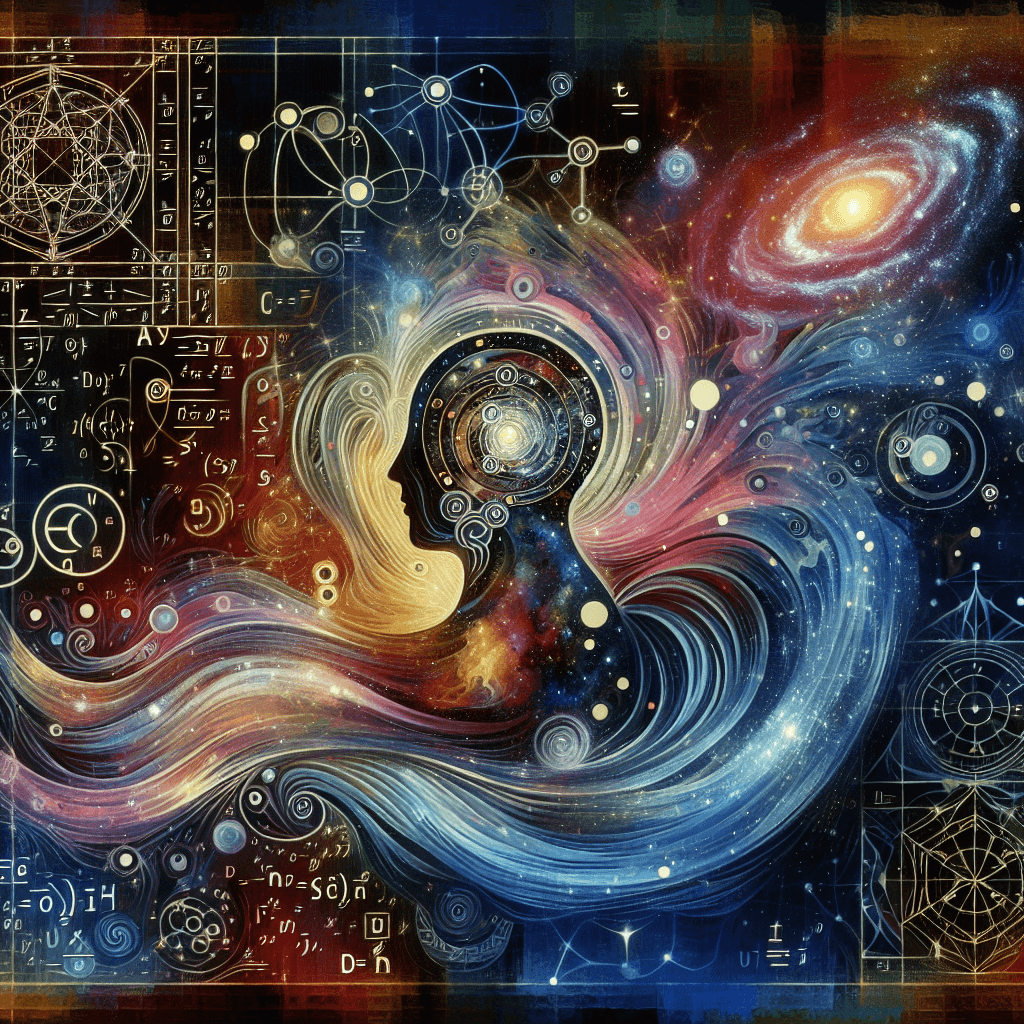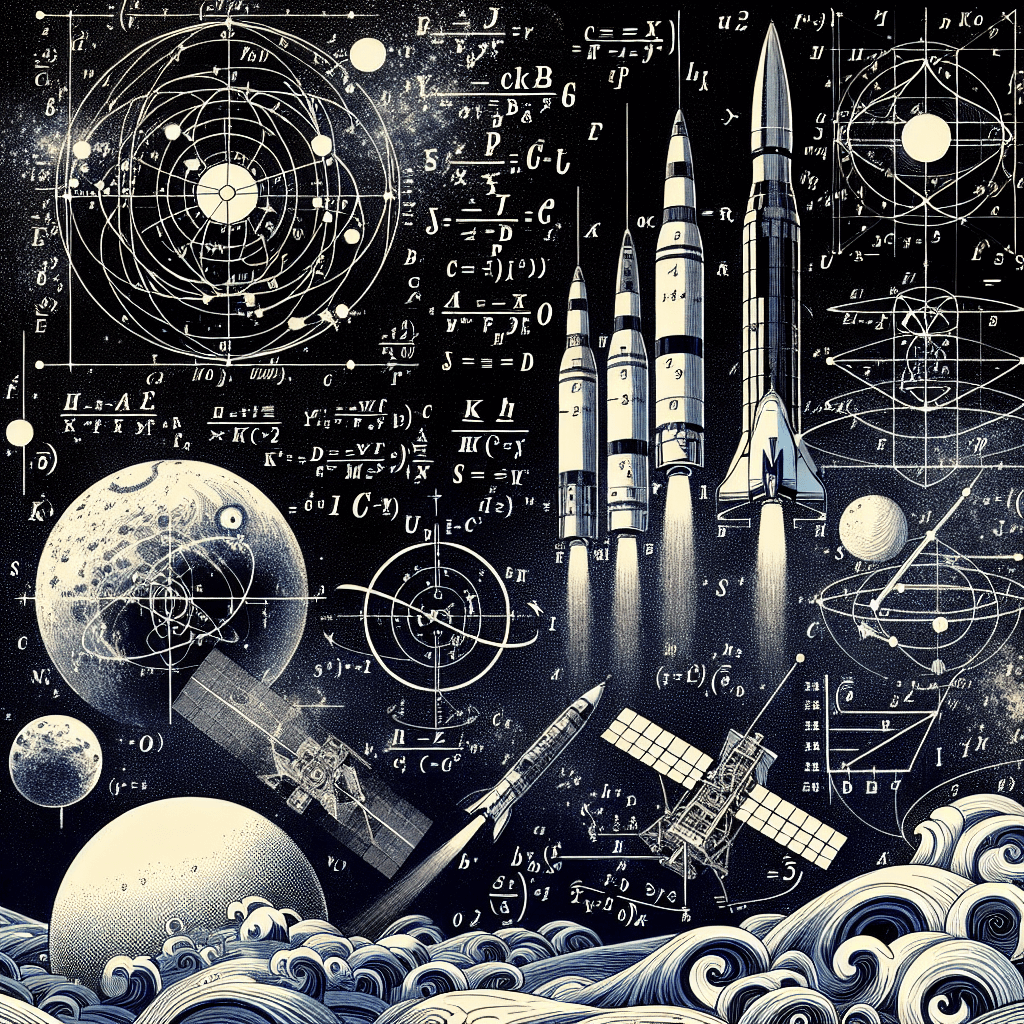Johannes Kepler: The Cosmic Harmonist
syndu | Aug. 31, 2024, 12:18 p.m.
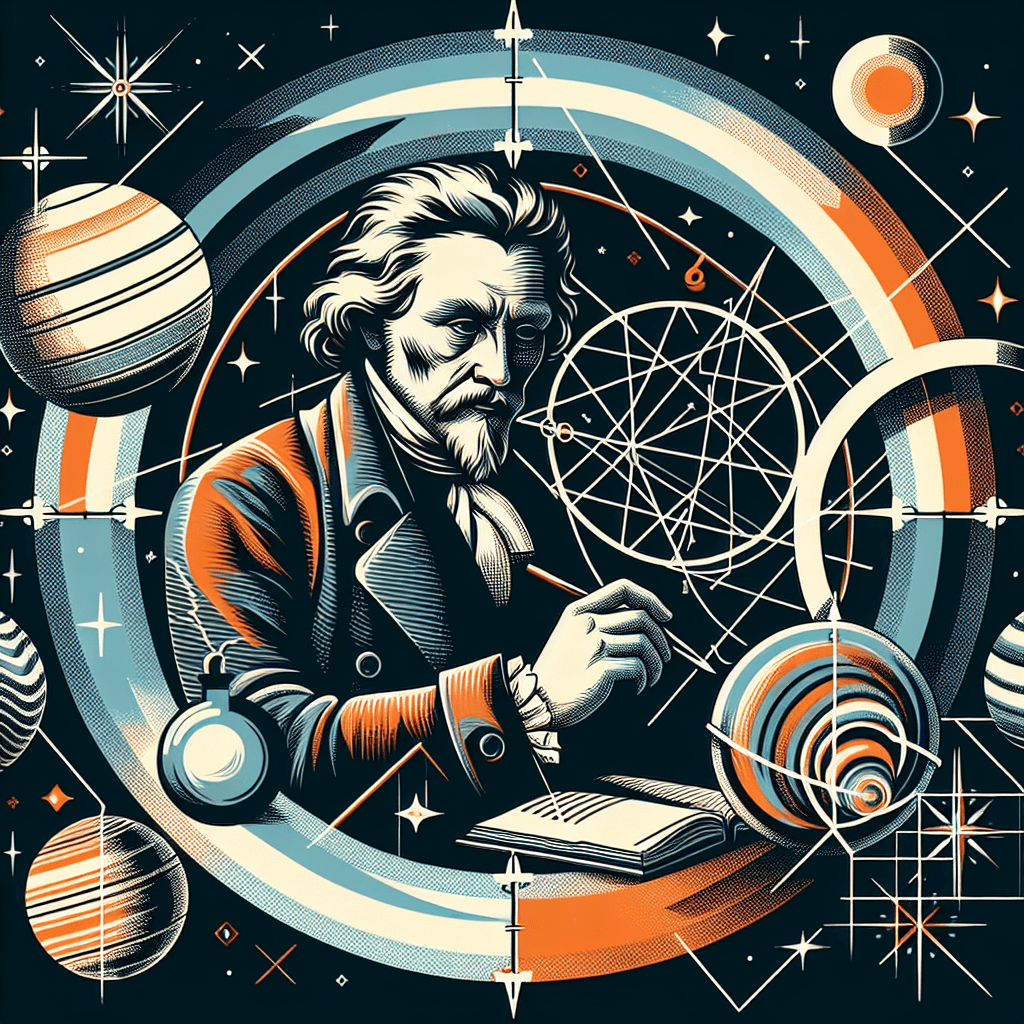
Johannes Kepler: The Cosmic Harmonist
Introduction
Johannes Kepler, a seminal figure in the scientific revolution, is celebrated for his groundbreaking contributions to astronomy and his mystical vision of the cosmos. His laws of planetary motion not only revolutionized our understanding of the solar system but also laid the foundation for modern celestial mechanics. This blog post delves into Kepler's laws, their significance in astronomy, the mystical and philosophical dimensions of his work, and their practical applications in modern space navigation.
Kepler's Laws of Planetary Motion
Kepler's three laws of planetary motion are fundamental principles that describe the orbits of planets around the sun. These laws were derived from meticulous observations and mathematical analysis, and they marked a significant departure from the geocentric models that preceded them.
- First Law (Law of Ellipses): Kepler's first law states that planets move in elliptical orbits with the sun at one focus. This was a radical departure from the circular orbits proposed by earlier models and provided a more accurate description of planetary motion.
The orbit of a planet is an ellipse with the sun at one of the two foci.- Second Law (Law of Equal Areas): Kepler's second law, also known as the law of equal areas, states that a line segment joining a planet and the sun sweeps out equal areas during equal intervals of time. This law implies that planets move faster when they are closer to the sun and slower when they are farther away.
A line segment joining a planet and the sun sweeps out equal areas during equal intervals of time.- Third Law (Law of Harmonies): Kepler's third law establishes a relationship between the orbital period of a planet and its average distance from the sun. Specifically, the square of the orbital period is proportional to the cube of the semi-major axis of the orbit.
T^2 / a^3 = constant where T is the orbital period and a is the semi-major axis of the orbit.
Mystical and Philosophical Dimensions
Kepler's work was deeply influenced by his mystical and philosophical beliefs. He saw the universe as a harmonious and orderly system, governed by mathematical principles that reflected a divine plan.
"He believed that the planets produced a form of celestial music as they moved through their orbits, a concept that reflected his belief in a harmonious and interconnected universe."
- Harmonices Mundi (The Harmony of the World): In his book "Harmonices Mundi," Kepler explored the idea that the proportions of the planetary orbits were related to musical harmonies. He believed that the planets produced a form of celestial music as they moved through their orbits, a concept that reflected his belief in a harmonious and interconnected universe.
- Platonic Solids: Kepler was fascinated by the geometric shapes known as Platonic solids. He attempted to relate the distances of the planets from the sun to the nested arrangement of these solids, reflecting his belief in the geometric harmony of the cosmos.
- Astrological Influences: Although Kepler is best known for his contributions to astronomy, he also practiced astrology. He believed that the positions and movements of celestial bodies could influence events on Earth, a view that was common in his time.
Practical Applications in Modern Space Navigation
Kepler's laws have enduring relevance to modern space navigation and exploration. They provide the foundation for understanding the motion of celestial bodies and planning spacecraft trajectories.
- Trajectory Planning: Kepler's laws are essential for calculating the trajectories of spacecraft. By understanding the elliptical orbits of planets, mission planners can design efficient paths for interplanetary travel, minimizing fuel consumption and travel time.
- Orbital Mechanics: Kepler's second law helps predict the speed of a spacecraft at different points in its orbit. This information is crucial for maneuvers such as orbital insertion, where precise timing and velocity adjustments are required.
- Satellite Deployment: Kepler's third law is used to determine the orbital periods of satellites. By knowing the distance from the Earth, engineers can calculate the time it takes for a satellite to complete one orbit, which is essential for communication and observation missions.
Conclusion
Johannes Kepler's legacy as the Cosmic Harmonist is a testament to his extraordinary intellect and his ability to bridge the worlds of science and mysticism. His laws of planetary motion continue to inspire and inform modern astronomy and space navigation. By honoring Kepler's legacy, we can draw valuable lessons from his harmonious vision of the cosmos and apply his mathematical insights to the challenges of space exploration.
Stay tuned for the next post in this series, where we will explore the contributions of Srinivasa Ramanujan and his intuitive approach to mathematics, focusing on his work in number theory and its potential applications in space exploration.
